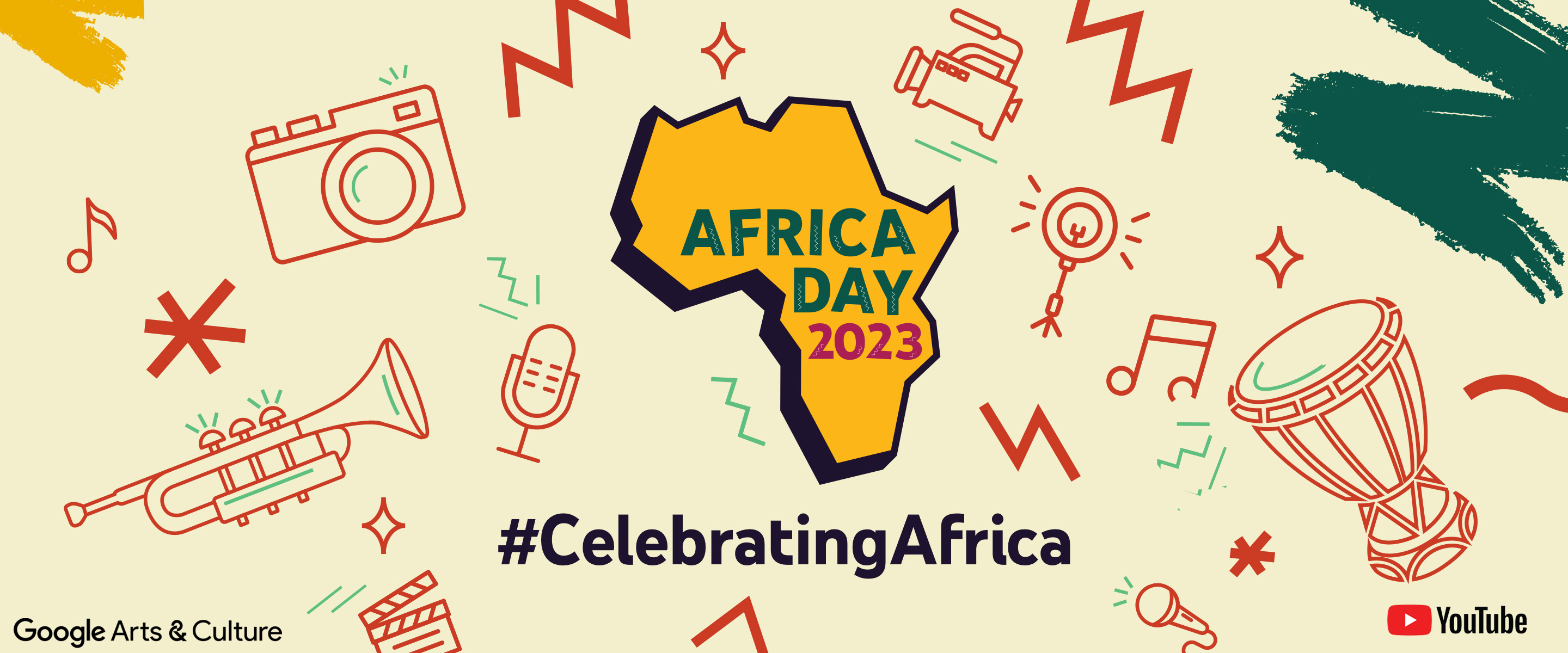Announcing the Redefining Womanhood online exhibition on Google Arts & Culture
Editor's note:
Towela 'Kams' Tembo, a photographer and African Leadership Academy alumnus, contributed today's post. She writes about the Redefining Womanhood exhibition on Google Arts and Culture, which pays tribute to the 20,000 South African women whose efforts set the groundwork for today's young women's empowerment.
-----
In South Africa, the month of August is dedicated to remembering the 20,000 women who marched in 1956 in opposition to the pass restrictions enacted by the Apartheid regime, which restricted the freedom of movement for black women. The march to Pretoria's Union Buildings was a movement unto itself. To this day, it remains a magnificent depiction of women who not only stood up to injustice, but also set a clear mission for the overall equal rights of all women in society's many political, economic, and social threads.
Women like Lillian Ngoyi, Helen Joseph, Rahima Moosa, and Sophia Williams-De Bruyn, who led this march with determination that roots us, are the cornerstone upon which the empowerment of today's young women rests.
Though the Redefining Womanhood exhibition focuses on young African women, it is anchored on generations of African women who gave birth to this vision and, in fact, gave birth to us.
Since the launch of the live virtual exhibition in March, we have invited the audience to pause to reflect on the efforts of our 30 young African women artists who share this goal, but also to highlight the work that remains ahead of us.
Their artistic agency to embody, embrace, and emulate various aspects of womanhood is shown through unique, curated stories and over 200 artworks. As we celebrate the work of women - both young and old - on this special day, we would like to host you in our powerful online exploration of activist photographs, videos of moving interpretive dance pieces, and skilled musical performances created by the young women at the African Leadership Academy.

Yassmine Boulam, Lost, 2021
Painting
Yassmine Boualam takes us on a journey of self-discovery through her art, and the therapeutic aspect of painting which guided her journey of finding peace within herself. For fellow artist, Daniella Nanziri painting is used to communicate the body-image issues young women face today while simultaneously celebrating beauty once loathed. In both cases, the artists’ creativity as well as intentionality in women empowerment is evident in their self-reflection as the driving force behind the canvas.
.png)
Tracey Keza, Hijabs and Hoodies — 1, 2019
Photography
As a photographer myself, photography has always been an incredible tool in probing our place in the world and how we relate to each other. I was inspired by the stories and themes other ALA graduates courageously pinned in their submissions. For example, Rwandan-based photographer Tracey Keza, in her series Hijabs and Hoodies, uses portraiture to zoom into identity politics, culture and conservation, beautifully profiled in the story We Will Not Be Silenced . For me, sharing a photo series titled Colorism: Shades of Africa that brought to the surface the prevailing social pandemic of colourism and its effect on different girls (and boys) in Africa and beyond signified stories that I believe are of vital importance to our youth and society.
.png)
Makenna Muigai, Still from the film Experience, 2021
Sound
Makenna Muigai’s Experience film is a profound example of the cathartic effects of violin sounds - the highs and lows therein - that act as a metaphor for the peaks and valleys of womanhood itself. Taking their own spin on the power of music, Erika Kimani & Tanaka Chikati both use the ‘Mbira’, a Zimbabwean instrument traditionally played by men, as a gateway into the past which triggers an intense recollection of memories and explores the theory of reincarnation. By doing this, all three women create an agenda for their art - one that pays homage to their personal encounters with womanhood.
Get inspired by many more young creative women on our African Leadership Academy page now available on Google Arts & Culture and on the iOS and Android App.
.jpg)
====


